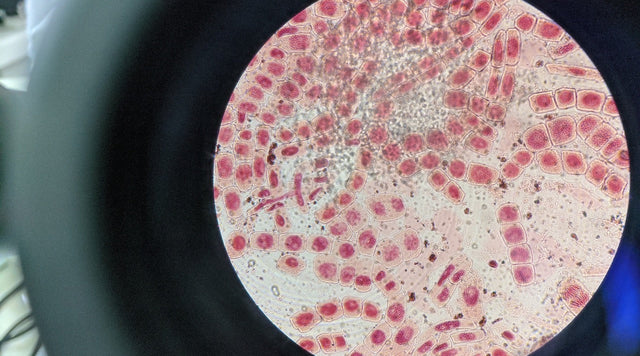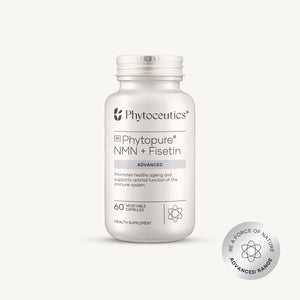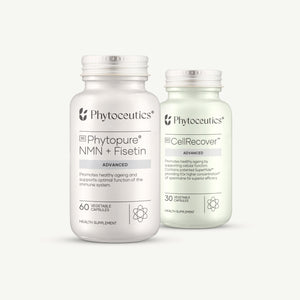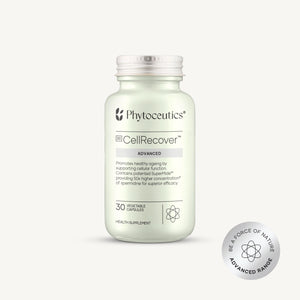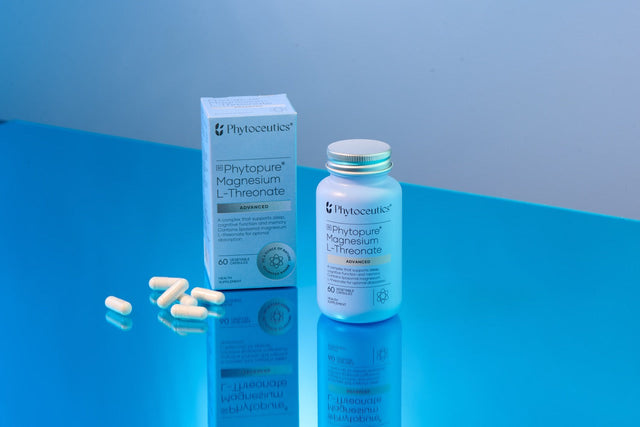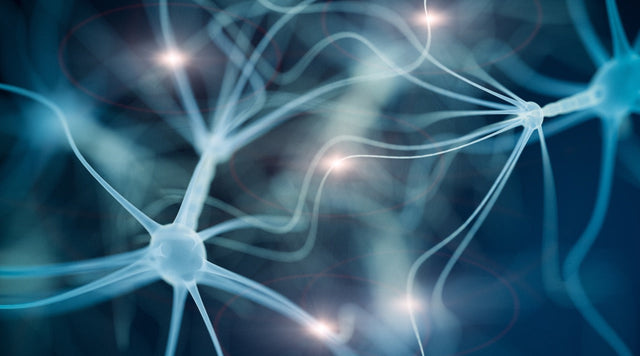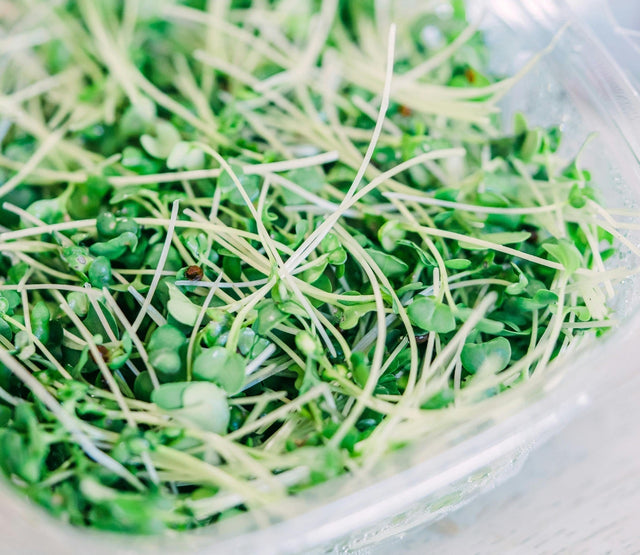Autophagy is the body's natural process for maintaining cellular health [1]. It acts as an internal cleanup crew, helping cells remove damaged or dysfunctional parts like old mitochondria, broken proteins, and other cellular debris [2]. This process is essential for keeping cells functioning properly, especially as we age. When autophagy works efficiently, it helps protect the body from diseases, supports healthy ageing, and keeps tissues in good shape.
Conversely, when autophagy declines, damaged cell components start to accumulate, which can contribute to conditions like neurodegeneration and metabolic disorders [3,4]. Understanding how this mechanism operates and how to support it is key to promoting overall health and healthy ageing [1].
What Is Cell Turnover?
Cell turnover, also known as cellular renewal, is the continuous process by which the body sheds old or damaged cells and replaces them with new, healthy ones [2]. This is crucial for maintaining tissue health and function throughout the body, particularly in tissues subject to constant wear and renewal, such as the skin and blood [7]. For example, skin cells are generated in the deepest layer of the epidermis and gradually migrate toward the surface over approximately 28 to 40 days, where they are eventually shed [8]. This cycle slows with age, resulting in older cells lingering longer on tissue surfaces, which can contribute to the visible signs of ageing and a decline in tissue function [8]. Understanding and supporting cell turnover is essential to sustaining healthy tissue regeneration and overall vitality.
What Is Autophagy and Mitophagy?
Autophagy is a key component of cellular turnover. It occurs within cells and involves breaking down and recycling damaged or worn-out components. Mitophagy, an even smaller process, happens within the mitochondria of the cell, essentially keeping the mitochondria clean and functioning properly by eliminating defective mitochondria [1].
However, as we get older, and as our cells age, this process slows down and becomes less efficient [2]. The proteins responsible for these processes begin to lose efficiency, leaving used-up and defective cells unrecycled, causing problems later on down the line.
What Can We Do to Slow Cellular Decline?
Firstly, we cannot stop cellular decline from happening. We can, however, provide our bodies with support on the cellular level to slow this cellular decline. Studies show that slowed cellular recycling mechanisms lead to the accumulation of damaged components, chronic inflammation, and cellular dysfunction that drive age-associated tissue degeneration and chronic diseases [1].
NAD+ 6 (nicotinamide adenine dinucleotide) is a coenzyme that plays a crucial regulatory role in both autophagy and mitophagy. NAD+ levels also naturally decline with age, but supplementing with NMN (nicotinamide mononucleotide) can help to increase NAD+ levels, promote cellular energy, and target these senescent cells (dead cells) associated with age-related decline.
What Is NMN and What Does It Do?
NMN is a naturally occurring form of vitamin B3 and a precursor to NAD+ [6]. It needs to be taken in high enough concentrations of high quality to be helpful, and UTHEVER® NMN has been scientifically formulated for optimal absorption and uptake, and is used in Phytopure® NMN + Fisetin Advanced. NMN helps your body make NAD+, which helps with protein recycling and slows ageing on a cellular level [6]. Fisetin is a senolytic, and helps to clear out dead cells [5]. This is important, as the accumulation of cells that can no longer be used or recycled – also known as cellular senescence [9] – can lead to age-related, chronic diseases; Alzheimer’s and Parkinson’s are linked to these accumulated proteins [10], as is type 2 diabetes and various cancers [11].
What Other Ingredients Help Slow Cellular Ageing?
Beyond NMN and fisetin, spermidine [12] is emerging as a promising compound to support healthy ageing at the cellular level. Spermidine is a naturally occurring polyamine that plays a vital role in maintaining cellular function and promoting healthy ageing by inducing autophagy [12]. As we age, levels of spermidine decline, which can contribute to reduced autophagic activity and accumulation of cellular damage [12].
Scientific studies [12] show that spermidine supplementation promotes autophagy, improves mitochondrial function, reduces markers of cellular senescence, and supports metabolic and cardiovascular health, all critical for slowing age-related decline [12].
CellRecover™ Advanced combines this potent compound with quercetin, a powerful antioxidant known to neutralise harmful free radicals and reduce inflammation [13]. The unique formulation uses SuperMide™ spermidine, an allergen-free source designed for optimal potency and broad suitability, and Fenumat™ quercetin delivered via a micellar-hydrogel platform to enhance bioavailability and absorption, making this product an advanced solution for cellular rejuvenation and overall well-being.
What Else Can I Do to Slow Cellular Ageing?
While supplementation can aid healthy ageing, it is not a solution on its own. Lifestyle factors are equally vital. Prioritising stress management, quality sleep, regular exercise, and a balanced diet provides fundamental support for overall health and optimal cognitive function [4].
There’s nothing you can take or do that will prevent your body from ageing. But you can provide it with adequate support to help slow the process and reduce your chances of developing serious age-related illnesses sooner. By living a healthy lifestyle and supplementing with NMN, fisetin, and spermidine, you can help slow the ageing process at the cellular level and support your body to age optimally.
This content is for informational purposes only and does not constitute medical advice. Always consult with your healthcare provider before starting any new supplement, especially if you are pregnant, nursing, have a medical condition, or are taking prescription or chronic medication.
